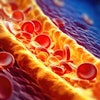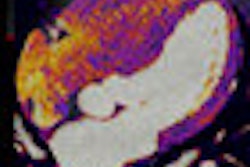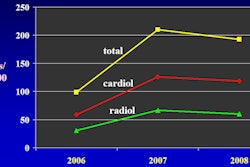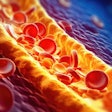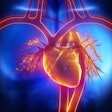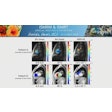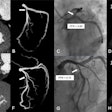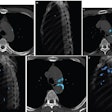Dear Cardiac Imaging Insider,
The limitations of the Framingham risk score for assessing coronary artery disease risk are well known. Foremost among them is that Framingham is based on population-wide results rather than those of the individual patient who's wondering about the health of his or her heart.
On the other hand, coronary artery calcium (CAC) scores are great prognosticators of individual risk. New research, for example, shows how CAC progression predicts mortality. But CAC misses the noncalcified plaque that research is increasingly focusing on as a potential troublemaker.
That leaves the best test for looking at the arteries: coronary CT angiography (CTA). But considering the radiation involved (albeit at a diminishing dose), is CTA something ordinary middle-aged folks should run out and get like a colon screening exam?
They do in South Korea, and the results of a new study found a surprisingly high percentage of low-risk individuals with coronary artery disease. Get the intriguing details from the study of more than 8,000 patients in this issue's Insider Exclusive.
Of course, higher-risk folks need more than a look at the arteries; they need a functional exam, and on that score there's good news in CTA as well. Researchers from the Medical University of South Carolina at Charleston -- innovators in adenosine stress/rest CTA -- found they could skip the rest phase, drop the dose, and still get results in line with those of SPECT myocardial perfusion. Click here for the rest of the story.
Even without the use of contrast or electrocardiogram gating, the signs of myocardial infarction are visible on standard chest CT, say researchers from the University of Southern California in Los Angeles. Are general radiologists finding them? In a word, no.
Finally, has the growth of coronary CTA been stunted by cardiologists who prefer to image patients with SPECT myocardial perfusion equipment they own, rather than referring out to CT scanners run by radiologists? David Levin, MD, from Thomas Jefferson University in Philadelphia, suggests that it has.
Be sure to scroll down for the rest of our coverage in the Cardiac Imaging Digital Community.

